Next time you’re around King’s Cross, look up! You might just catch a rare glimpse of a 1960’s icon, which has landed quietly atop the roof of Central Saint Martins.
While the thousands of commuters squeezed their way into King’s Cross St Pancras down below, we gathered in Futuro House, transporting us back in time to 1968, when this futuristic structure was first conceived. Those lucky enough to grab a ticket were treated to an intimate evening of discussion and conversation supported by the Finnish Institute and led by Marianna Wahlsten, editor and founder of Grand Tour Magazine, housed within this impressively restored piece of temporary architecture.
Craig Barnes, the artist responsible for bringing this particular Futuro House unit to London charts the icon’s history – designed in Finland as a mass producible, transportable and temporary getaway space for the wealthy, Futuro Houses were hot news in the late 60’s. The hysteria around Futuro House at the time mirrored the wider happenings and new thinking of the era. With inspiring images popping up in magazines showing Futuro Houses being delivered by helicopter, it became a spectacle at fairs across the world, with thousands of people eager to get a chance to experience this strange, spaceship house. Barnes recites stories of the houses’ fame, with one being gifted to the ‘Finnish equivalent of Terry Wogan’, one being sailed down the Thames as part of the 1968 FinnFocus trade exhibition, and one even receiving a glamourous royal visit from Princess Margaret.
Futuro House was the thing to have, yet only 100 were ever produced. Formed of fibreglass, the structure’s main material became increasingly expensive during the oil crisis of 1973 and so production slowed and eventually ceased. Today, a small selection of Futuro Houses survive, dotted around the world as time capsules to this exciting era. Some sit as architectural artefacts in museums. Some lie as abandoned sheds in backgardens across Asia. Some sit in private ownership as sophisticated party rooms for wealthy European collectors. One lady in our talk’s audience even recalls seeing one in New Zealand operate as a burger restaurant!
Futuro house offers a strong reminder of the thinking around architecture at that time. In a generous discussion with Ruth Lang and Andreas Lang, academic staff from Central St Martins, we explored the key principals of 60’s design and how these can inform today’s architecture in London.
The audience relaxed back into the reclined yellows seats of Futuro house to enjoy Ruth Lang relate the forward thinking of London County Council Architects’ Department in the 1960’s. A department, which upon first reference brings an image of dull, bureaucratic, unimaginative thinking, Lang cites tales of architects clambering out the window of county hall to test paints on the rooftop, in what was in fact an institution of creativity and huge experimentation. Reminding us of the importance of internationalisation and outward focus, the LCC was particularly devoted to ensuring their architects spent time abroad, offering generous study trip opportunities for architects to visit Scandinavia, Europe and the US, which helped bring a diversity and sense of change to UK architecture at the time.
As Andreas Lang moves the discussion to investigating temporary uses, it becomes clear that Futuro House has the unique ability to inspire and promote debate across a wide wide spectrum of topics. Built originally as a disposable, transportable unit, expected to last just 30-40years, it sparks a conversation about what really is temporary? Speaking on the back of two years of research into the temporary artistic and creative uses in Hackney Wick, Lang discusses the power of the temporary and the ability it has to inform the permanent. Hackney Wick, an area home to one of the highest concentrations of artists in Europe has evolved a unique cultural identity – can this identity be incorporated successfully into planned development with elements such as White Building and Swans Wharf, or is this society only achievable through natural, unplanned organic interventions and uses?
And so what part can Futuro House play in London’s future?
Barnes, who rescued this particular Futuro House from a garden in South Africa in 2013 wants to see it embraced as a place where Londoners can come together to discuss the future. The history of the icon, and the unique intimate experience inside make it a perfect venue to act as a type of incubator – a think tank for new ideas. Already host to countless artistic and culture performances and events, this Futuro House certainly has a bright and exciting future ahead. The saddening thing is, so many of it’s brothers and sisters across the world lie decaying and unloved – lets hope the Futuro House community grows and grows to save more of these special structures.

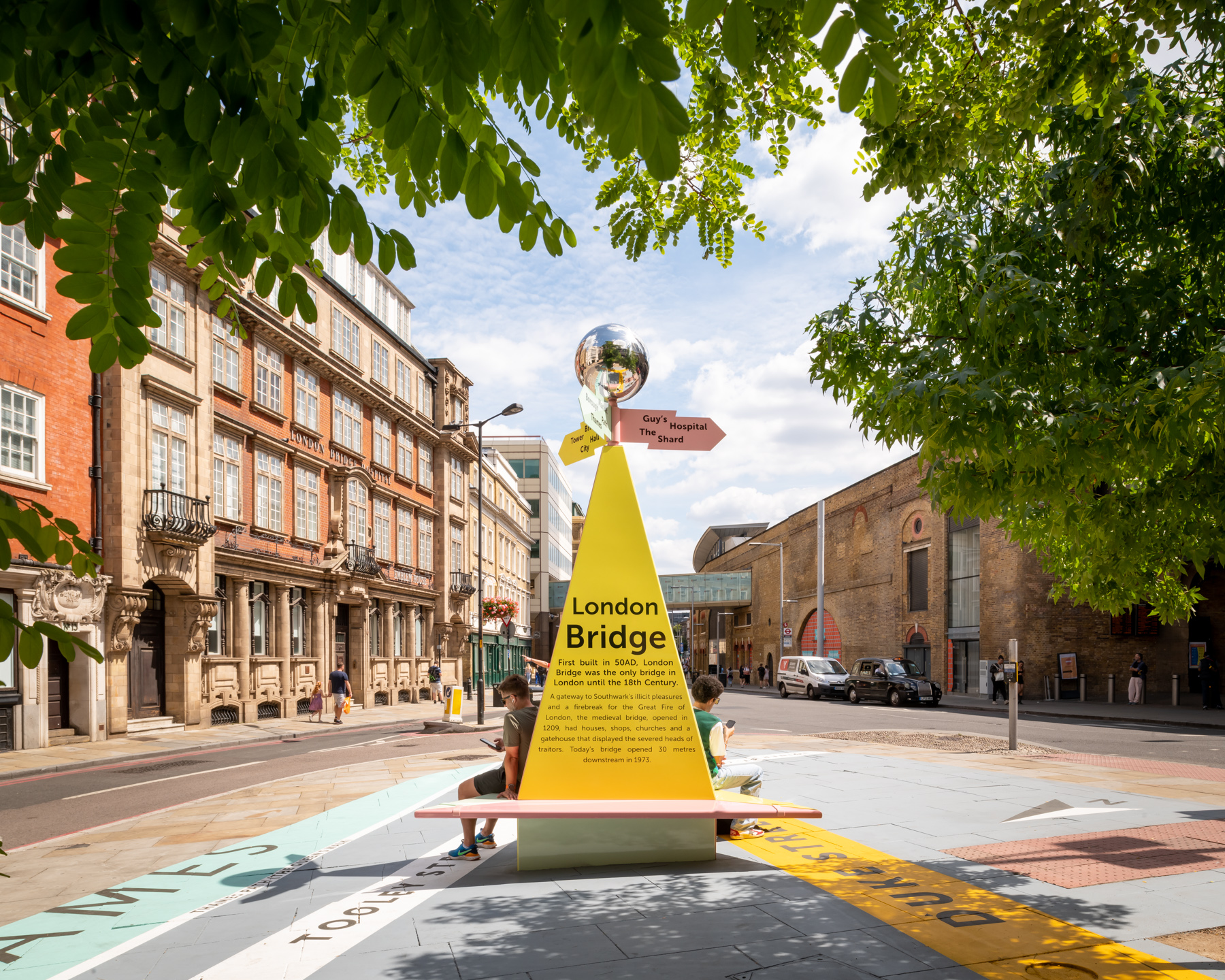 COMPETITION
|
COMPETITION
|
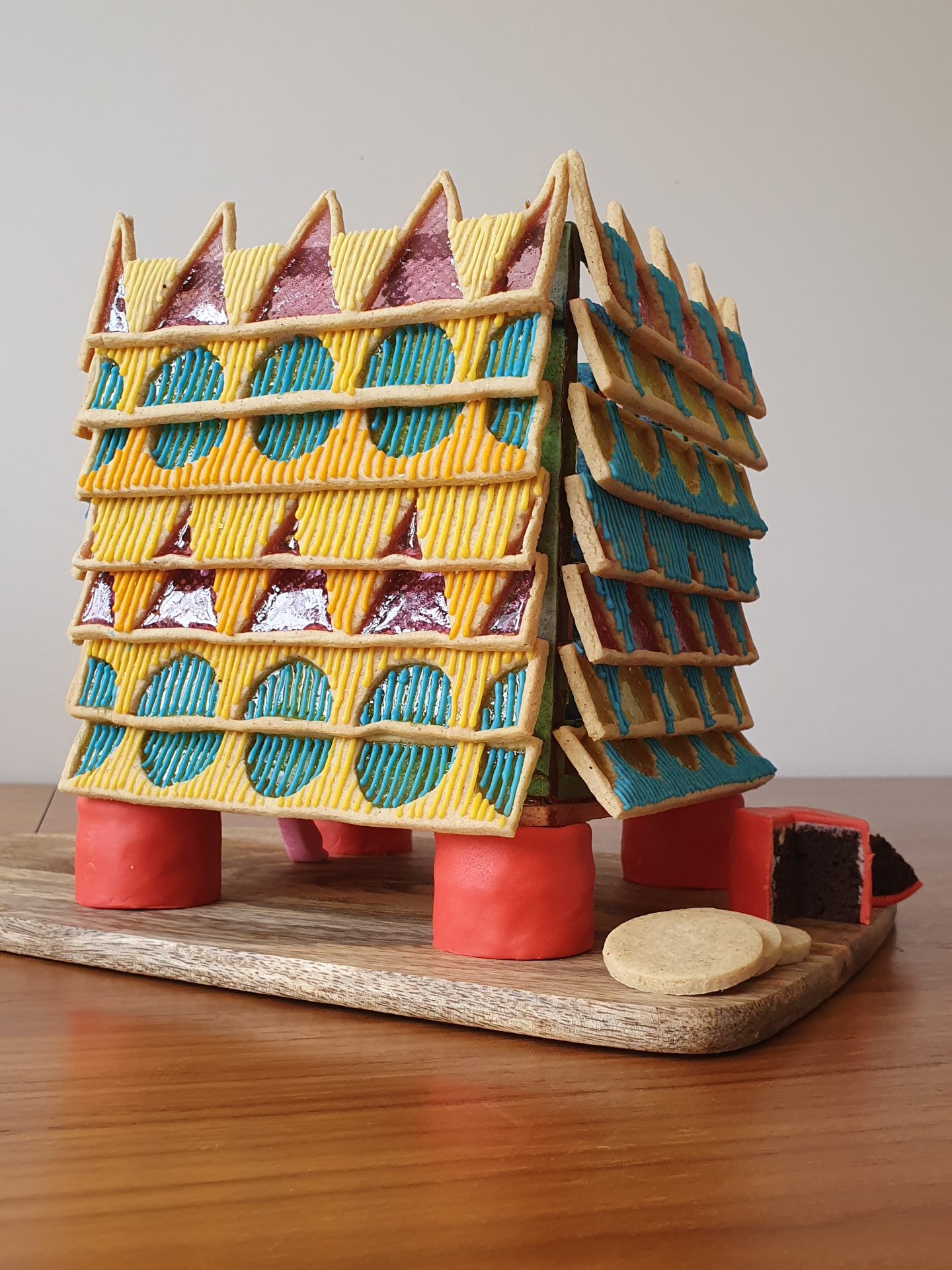 COMPETITION
|
COMPETITION
|
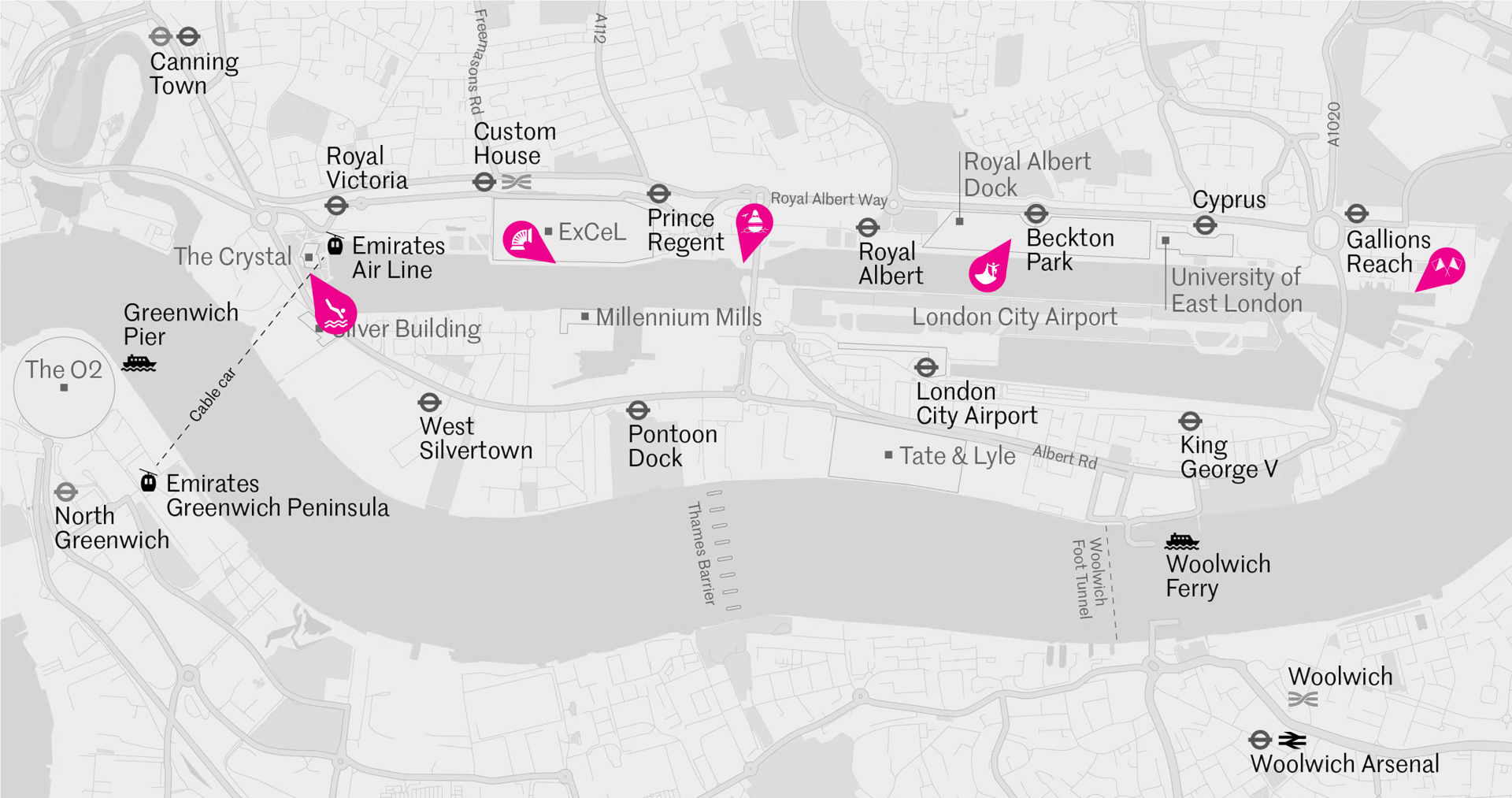 COMPETITION
|
COMPETITION
|
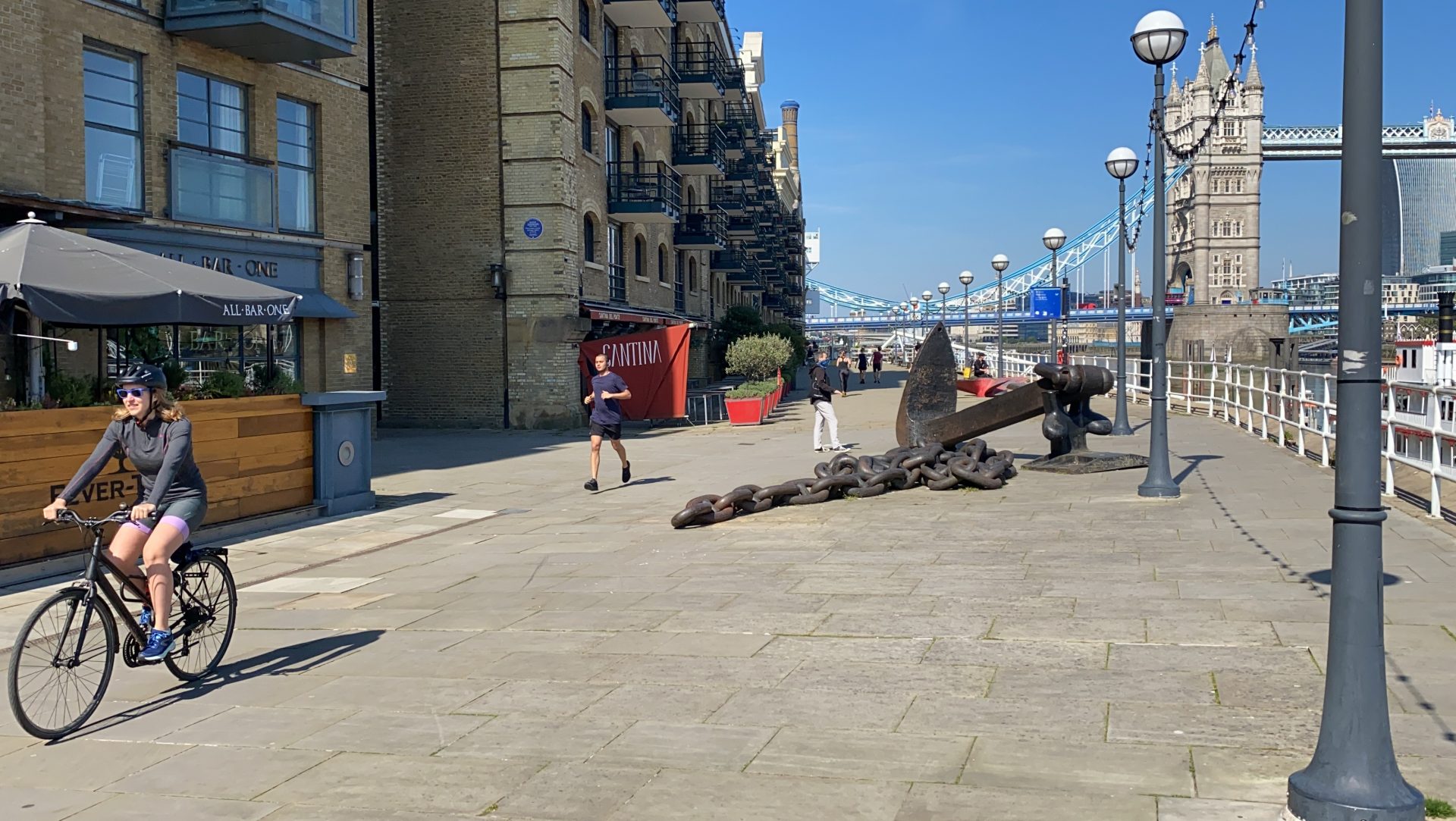 COMPETITION
|
COMPETITION
|
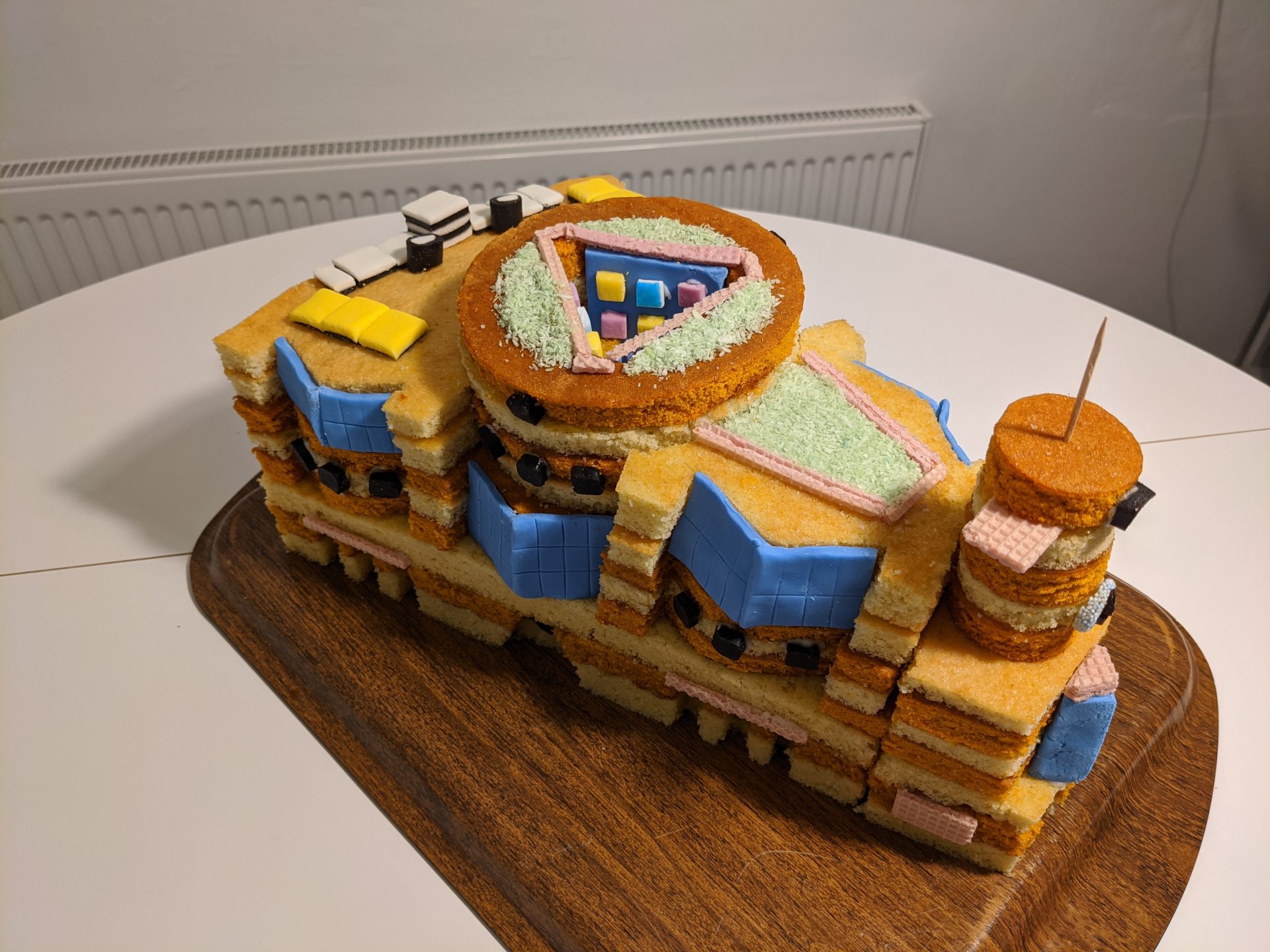 NEWS
|
NEWS
|
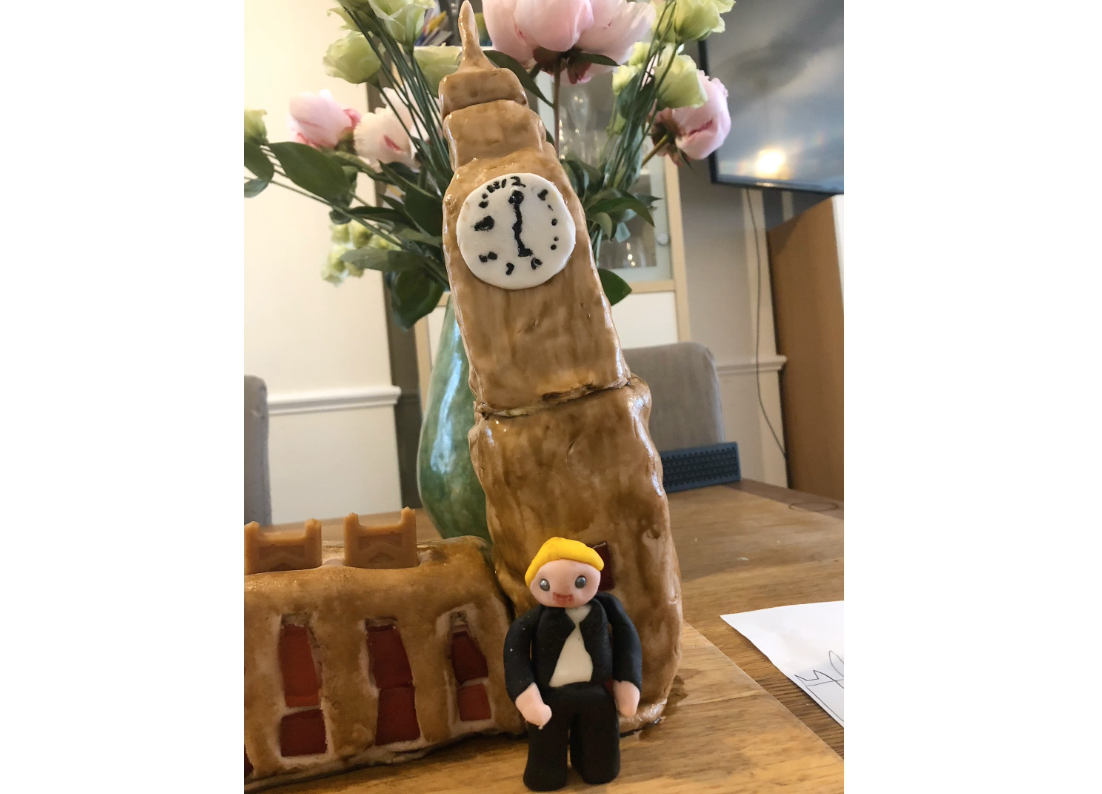 NEWS
|
NEWS
|